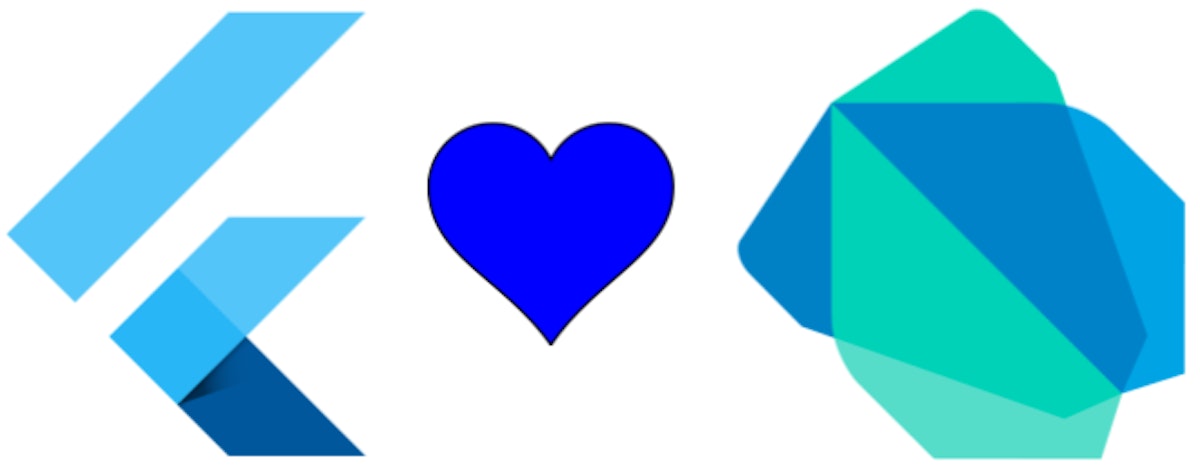203,789 reads
Why Flutter Uses Dart

EN
Too Long; Didn't Read
<span>M</span>any linguists believe that the natural language a person speaks <a href="https://en.wikipedia.org/wiki/Linguistic_relativity" target="_blank">affects how they think</a>. Does the same concept apply to <a href="https://en.wikipedia.org/wiki/Programming_language" target="_blank">computer languages</a>? Programmers working in different kinds of programming languages often come up with radically different solutions to problems. As a more extreme example, computer scientists <a href="https://homepages.cwi.nl/~storm/teaching/reader/Dijkstra68.pdf" target="_blank">eliminated the <em>goto</em> statement</a> to encourage more structured programs (not quite the same as totalitarian leaders in the <a href="https://en.wikipedia.org/wiki/Nineteen_Eighty-Four" target="_blank">novel <em>1984</em></a> expunging heretical words from natural language to eliminate <a href="https://en.wikipedia.org/wiki/Thoughtcrime" target="_blank"><em>thoughtcrimes</em></a>, but you get the idea).https://leler.com/wm/bio.html
About @wmleler
LEARN MORE ABOUT @WMLELER'S
EXPERTISE AND PLACE ON THE INTERNET.
EXPERTISE AND PLACE ON THE INTERNET.
L O A D I N G
. . . comments & more!
. . . comments & more!

